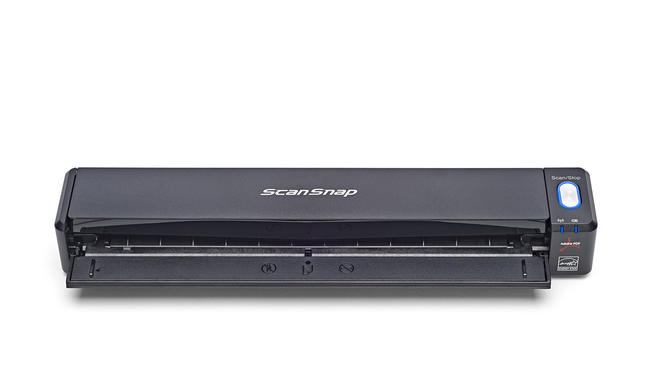

- SCANSNAP CARDMINDER WHERE ARE IMAGES LOCATED FOR FREE
- SCANSNAP CARDMINDER WHERE ARE IMAGES LOCATED FULL
- SCANSNAP CARDMINDER WHERE ARE IMAGES LOCATED SOFTWARE
It is in fact 2.5X faster than something like CardScan Executive (0.27 cards/sec in color and about 0.54 cards/sec in color). It will also communicate with external applications like Outlook, Atc… Just like for regular documents, scanning business cards is really fast (0.7 cards/sec).

SCANSNAP CARDMINDER WHERE ARE IMAGES LOCATED SOFTWARE
To scan/archive business cards, there is a software called CardMinder that will handle the business cards scanning, recognition and archiving. That said, I still needed to use the flatbed scanner from time to time, for stuff that would not fit in the ScanSnap S1500. As I said above, the document feeder has inherent limitations of thickness, but during the weeks that I have used the ScanSnap, it worked for the overwhelming majority of documents.
SCANSNAP CARDMINDER WHERE ARE IMAGES LOCATED FULL
For simple digitization of paper content, I’ve never seen a consumer-level scanner go this fast in full 300dpi color and double-sided. If you want to quickly scan documents, this is the scanner to get. I’ve used other consumer-level ADF scanners before and this one performs well. Ironically, a clean stack of paper tends to jam the ADF more. stacks of used documents tends to occupy more space because it’s not flat anymore. The auto document feeder (ADF) is said to be able to receive 50 pages, but note that it’s true only for 50 pages of clean, perfectly flat, paper. A flatbed scanner that has an ADF is also great, but won’t scan business cards. That said, a flatbed scanner can scan things like papers with staples on them. inserting paper on a flatbed scanner can take nearly as much time as scanning itself. The presence of a sheet feeder (or automatic document feeder – ADF) only adds to the overall process’ speed. Scanning in 600dpi in color (single-sided) was three times as slow however, with a time of 3mn and 15seconds for the same 20 pages. Interestingly enough, scanning in 300dpi in color or at 150dpi in grayscale did not change the scanning speed. 20ppm is when scanning in single-sided mode, double-sided scan runs at no extra cost and would yield 40ppm. During my test I was able to consistently scan twenty (letter) pages at speeds of 20 pages per minute (in 54 seconds to be exact). Most brand scanners produce images that are very decent (for an “archiving” use), so speed is often the first thing that users will seek from a scanner.

50-page Automatic Document Feeder (ADF).From their website, I can find this (partial) bulleted list: I’ll share the results in this post.įirst, let’s look how Fujitsu pitches the scanner to potential customers. For several weeks, I did put the sheet-fed Fujitsu ScanSnap S1500 to the test to see if its wicked fast 20 pages per minute (ppm) scanning would really improve my admin tasks. In my case, I scan a lot of receipts and thousands of business cards every year, so I consider those to be heavy scanning task. Where the limit is between casual and heavier scanning can vary a lot.
SCANSNAP CARDMINDER WHERE ARE IMAGES LOCATED FOR FREE
Most people look at scanners as a commodity that sometimes comes for free in the form of a printer/scanner combo (like my Canon MP150), but those who do serious scanning can boost their productivity simply by using a faster scanner and better document management software.


 0 kommentar(er)
0 kommentar(er)
